Elliptical Cam Contact Model
To predict the nonlinear rolling behavior of a tire over an obstacle shorter then the contact patch, a geometric filter is created using a series of parallel cams distributed over the contact patch.
- Effective road height variation

- Effective slope variation

- Effective curvature

- Camber change

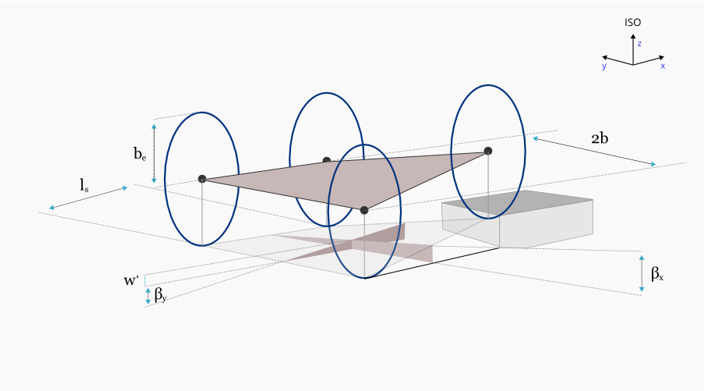
Figure 1. 3D Elliptical Cam Contact Arrangement
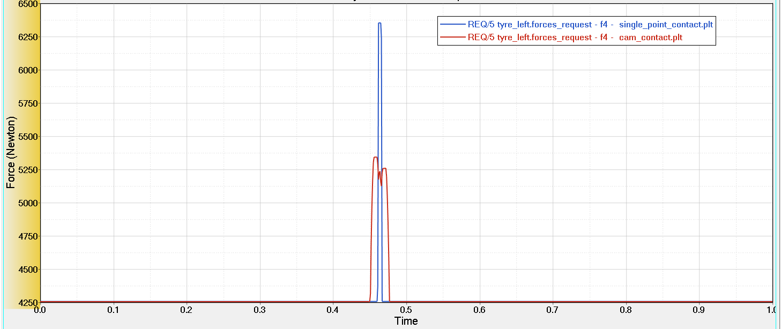
Figure 2. Vertical force at constant axle height when tire is rolled over a cleat (10 mm height, 50 mm length) at constant velocity of 10.833 m/sec (39km/h)
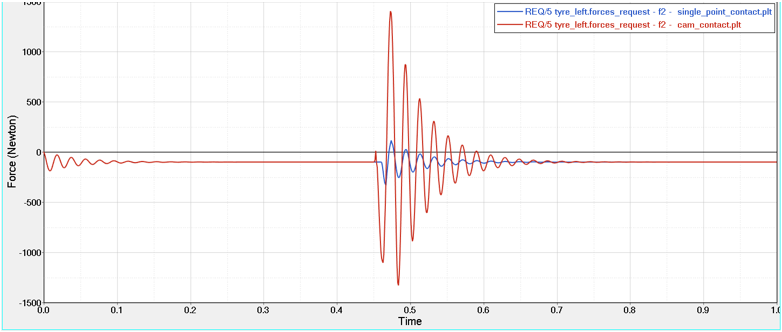
Figure 3. Longitudinal force at constant axle height when tire is rolled over a cleat (10 mm height, 50 mm length) at constant velocity of 10.833 m/sec (39km/h)
The results show that single point contact model predicts higher values of vertical force because it traces the obstacle, however the actual force experienced by the tire is less which is closely predicated using cam contact method.
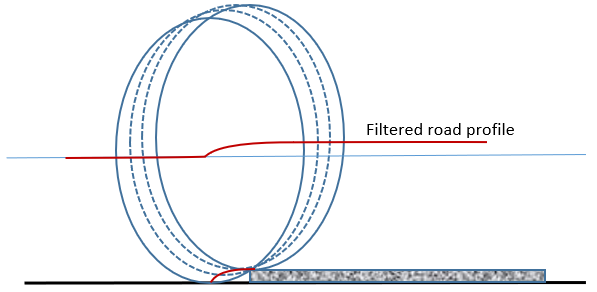
Figure 4. Filtered Road Profile Using a Series of Cams
How to Use a Cam Contact Model
To use a cam contact method with Fiala Tire, the following attribute should exist in the [MODEL] block:
CONTACT_MODEL = '3D_ENVELOPING'
| Parameters | Details | Unit |
|---|---|---|
| PA1 | Coefficient of the square root term in the contact length equation. | - |
| PA2 | Coefficient of the linear term in the contact length equation. | - |
| PB1 | Coefficient of the cube root term in the contact width equation. (Not used) | - |
| PB2 | Coefficient of the linear term in the contact width equation. (Not used) | - |
| PAE | Half of the ellipsoid length. | Length |
| PBE | Half of the ellipsoid height. | Length |
| PCE | Order of the ellipsoid. | - |
| PLS | Scaling of the distance between the front and rear ellipsoid. | - |
| ROAD_INCREMENT | Mesh size for the ellipsoid. | Length |
| N_WIDTH | Number of cams along the contact width. | - |
| N_LENGTH | Number of cams along the contact length. | - |
PA1, PA2, and PB1, PB2 shows the variation of contact patch length and width respectively. The size of the contact patch increases with increasing vertical load. The dimension of the contact patch can be obtained by pressing tire on carbon paper or by using ink.
Contact Length Equation:

Contact Width Equation:

Where a, b are effective half-length and half-width of the contact patch.
 is the width of the tire.
is the width of the tire.
The equation for the shape of cam can be written as:

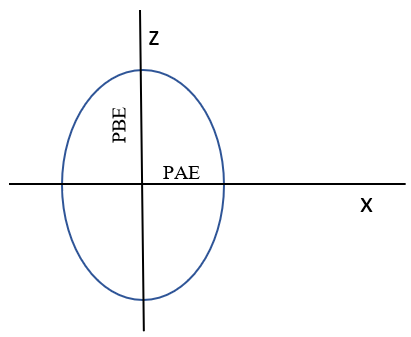
Figure 5. Cam Dimension
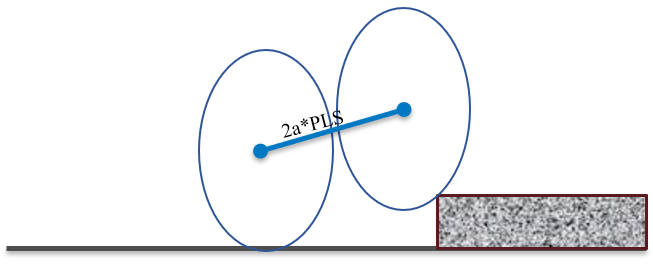
Figure 6. Cam with Two Point Follower
In case no data is available, a good estimate of PAE and PBE is equal to tire radius. The ellipse dimension can be calculated by measuring the outside contour of tire when it touches the obstacle. For PLS a 0.8 is a good value to use. ROAD_INCEREMENT decides the meshing size of road it directly affects the computation time of model.